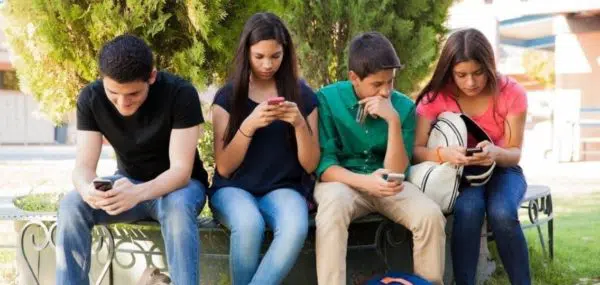In 1999, when the Internet was in its infancy, The Blair Witch Project became an overnight success. Terrifying clips with what appeared to be “found footage” flooded the Internet and conflicting and questionable information was left unchecked. The viral online campaign left the public confused as to whether this horror movie was actual reality.

As Variety’s Charles Lyons wrote at the time, “The filmmakers and Artisan’s true genius came in their prescience to treat the Internet as another vehicle for storytelling. They created folklore surrounding the Blair Witch. They added faux documents about the missing students. And, above all, they intrigued browsers.”
The marketing campaign for The Blair Witch Project is one of the earliest examples of an online hoax that went viral by tapping into a powerful innate human emotion: Fear.
Emotions like fear have long been acknowledged to be “contagious,” but large-scale studies of social networks have shown that this is especially true with online interactions. The pervasiveness of the Internet takes the ghost stories once told around campfires and ignites them like wildfires, with our collective fear as an expansive forest of kindling.
The most dangerous hoaxes prey on our all-consuming anxiety as parents to keep our kids safe, particularly in an unfamiliar and vast digital world.
There have been no shortage of these hoaxes, such as Blue Whale, Momo, and others with messages of self-harm. Whether the intent of these hoaxes is to manifest physical harm is unknown, but we know the emotional impact they can leave.
So what do we do?
Equipping our kids with the capacity to build critical thinking about and resilience regarding the virtual world is intimidating. We don’t have an instructional handbook for the virtual world and the Internet is, in many ways, more vast than the real world.
Still, we can apply some of the ways we talk to our kids about the real word to the virtual. It just takes a bit of a twist and a couple new steps.
8 Tips to Build Virtual Resilience:
1. Encourage regular, open conversations with your kids
Ask about their online life: what do they enjoy doing, who do they play with, what worries them when they’re online?
2. Listen with neutrality
If kids feel they are being blamed or judged they may not come to you again. In the case of hoaxes, your child may not have directly seen anything. But hearing scary things about it online or from their school friends can make it feel real to them.
3. Validate their feelings
People sometime give the impression that an online experience isn’t as serious as in “real life” remember, online is real life to kids.
4. Get them to think about the source
Who is sharing the information? Is it credible and can you fact check it somewhere? Consider using a site such as Snopes.com to see if you can verify the information.
5. Resist the virality of online hoaxes
It’s natural to wonder if your child has come across a viral hoax, but talk broadly around the topic rather than naming the specific content. Kids are naturally inquisitive and telling them, “Don’t look for the scary clown videos,” will probably encourage them to do just that!
6. Ask them not to share the content further
If we all thought before clicking the share button, the virality of these hoaxes would be short lived.
7. Make sure your child knows how to report harmful content
Go through the process of reporting something with them to build their confidence. Explain they are not “tattletales” but helping to protect others from getting hurt.
8. Revisit the basics of online safety
Work with them to review their privacy settings and passwords. Talk to them about the games, apps and websites they use to make sure they are suitable.

Having these conversations with our kids helps them in the real world too because, for them, there is no distinction between what is real and what is virtual. It’s all real to them. Rather than giving into panic and worry, or obsessing over whatever the next viral hoax will be, we need to prepare and empower our kids as they navigate the virtual world. By building these important critical thinking muscles early, they will grow up knowing how to keep themselves safe online.




